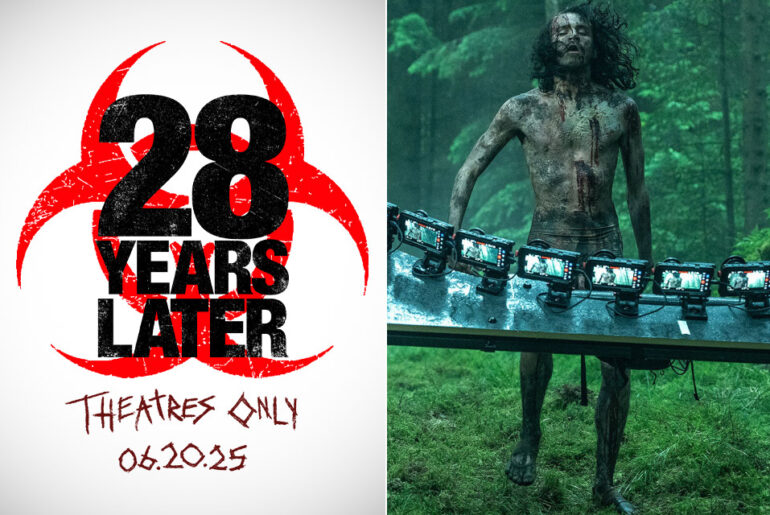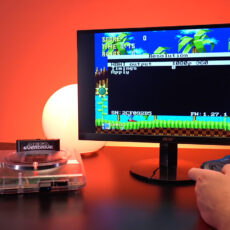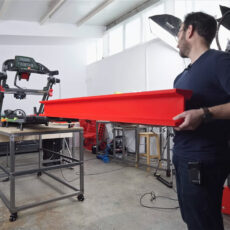
Photo credit: Sony
Danny Boyle’s ’28 Years Later’, the long-awaited sequel to the 2002 zombie classic 28 Days Later, roars into theaters on June 20, 2025, with a bold twist: it’s the first major blockbuster to use iPhones for filming, including rigs with up to 20 phones for select high-impact sequences. With a $75 million budget, this choice is turning heads among movie buffs and tech geeks alike.
Back in 2002, Boyle’s 28 Days Later redefined zombies with its raw, heart-pounding energy, shot on a $4,000 Canon XL-1 MiniDV camcorder that gave it a gritty, almost DIY vibe, like the apocalypse was caught on the fly. For 28 Years Later, Boyle’s chasing that same immediacy in 2025, tapping the iPhone 15 Pro Max as his modern stand-in. “The original film was largely shot on camcorders—this time, the aim was to create a modern equivalent,” says The Observer.
- IMMERSIVE 360 VIDEO - The 8K era is here. Insta360 X4 delivers 360° video in stunning 8K or 5.7K60fps! Use Active HDR to keep shots color accurate...
- SIMPLE, EASY REFRAMING - With Insta360 X4, get out there and shoot, not having to worry about lining up a shot. Shoot first, then reframe easily...
- INVISIBLE SELFIE STICK EFFECT - The signature third-person Insta360 shot, a specialty of 360 cameras. Immerse your viewers in obstruction-free 360°...
Ditch the Canon’s blurry 480p—the iPhone 15 Pro Max delivers 4K ProRes at 60fps, pumping out visuals crisp enough to hold their own on a cinema screen. Kitted out with custom aluminum cages and pro-grade Panavision lenses, these phones are ready for the big leagues. Boyle and cinematographer Anthony Dod Mantle use this setup to fuse smartphone agility with blockbuster polish, crafting a style that’s both intimate and massive.
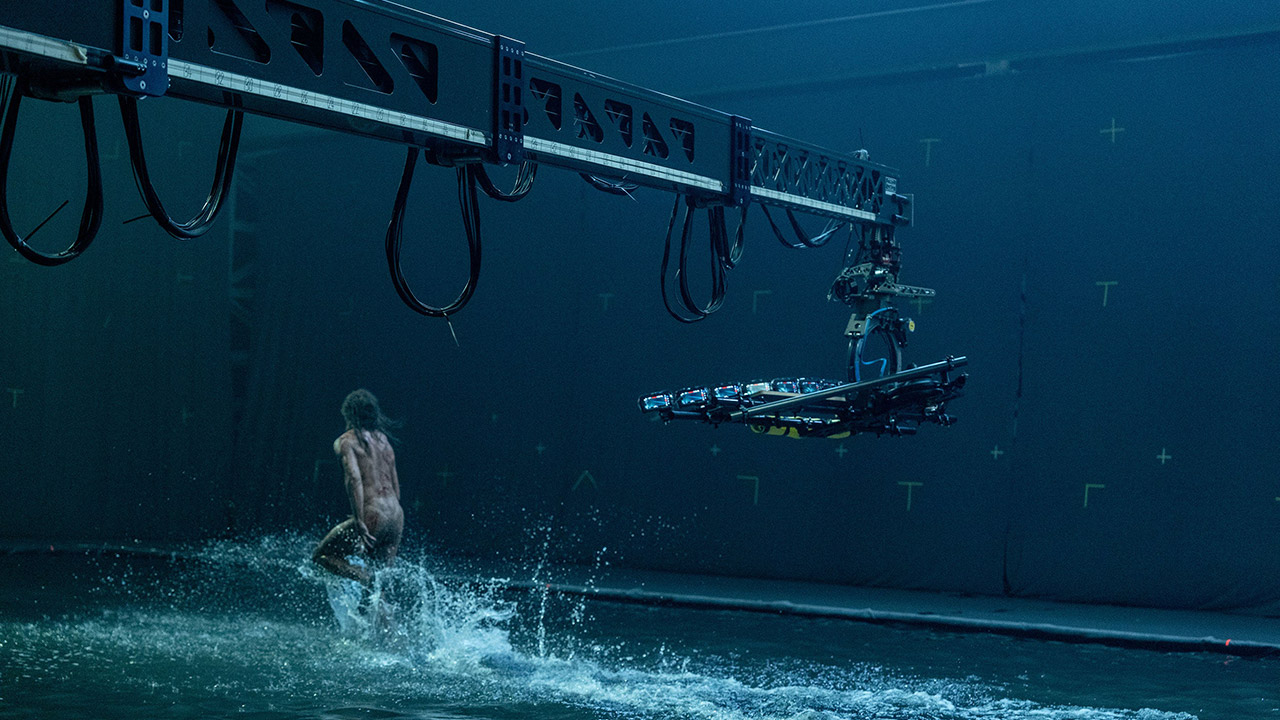
For certain sequences, the film goes big with rigs mounting up to 20 iPhones, pulling off what Boyle calls a “poor man’s bullet time,” channeling The Matrix’s iconic slow-mo swirl. “One for eight cameras, which can be carried very easily by one person, one for 10 cameras, and one for 20,” he told IGN, describing the custom rigs. “There is an incredible shot in the second half [of the film] where we use the 20-rig camera, and you’ll know it when you see it… It’s quite graphic but it’s a wonderful shot that uses that technique.” These multi-phone setups, used for key scenes, capture a 180-degree view, letting editors pick angles or “time-slice” for dynamic, pulse-racing moments that throw you into the infected’s chaos, especially in the film’s wide 2.49:1 aspect ratio. Boyle nails the effect: “If you’re on a widescreen format, they could be anywhere… you have to keep scanning, looking around for them, really.”
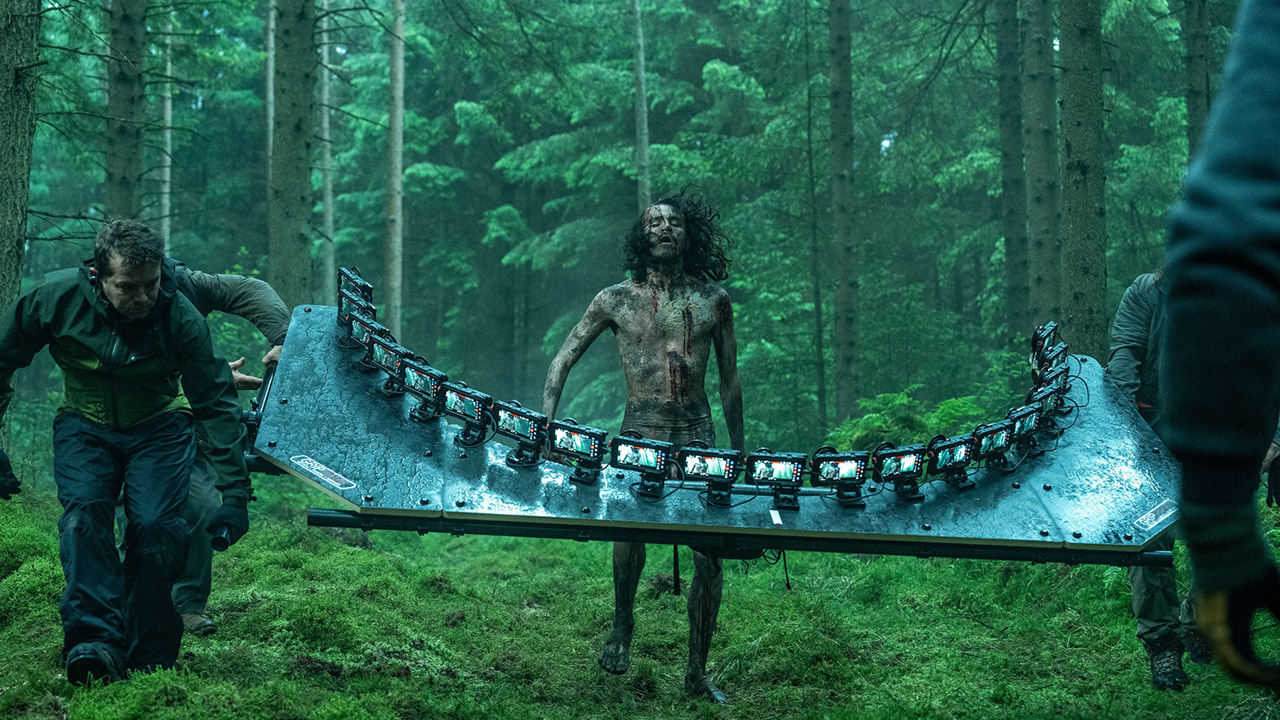
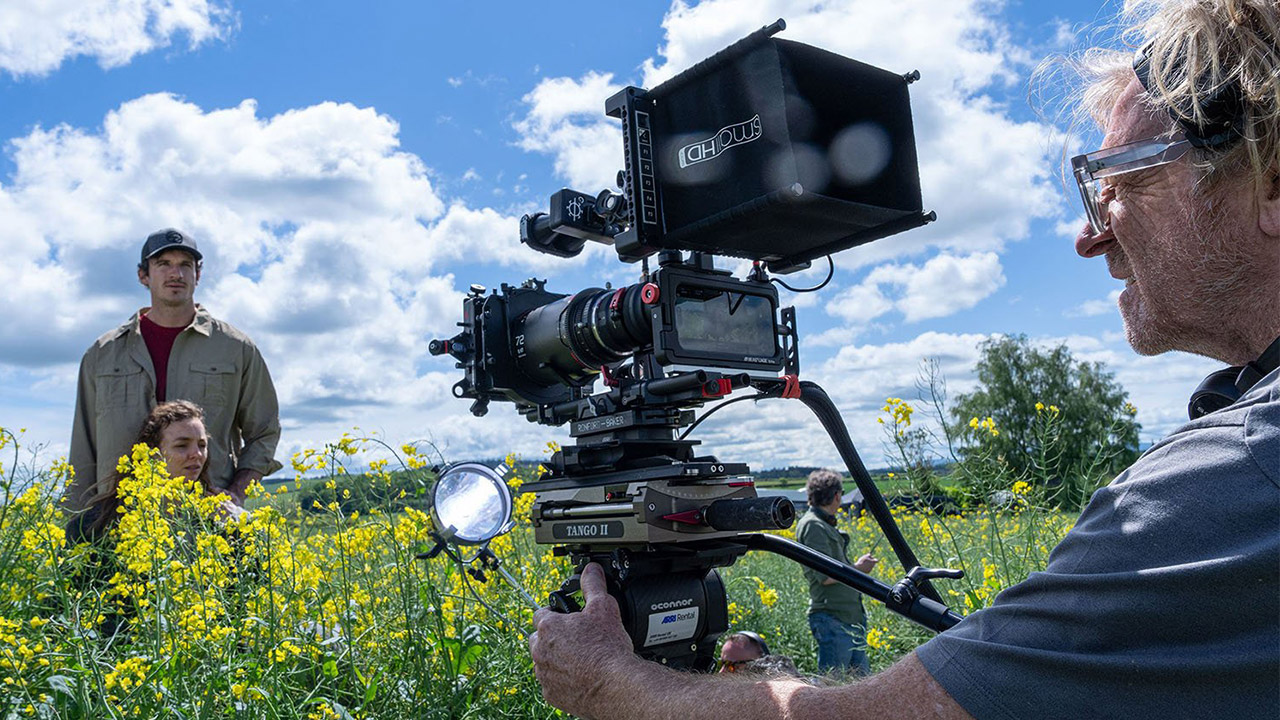
Compared to clunky cinema giants like the ARRI Alexa or RED Komodo, which demand hefty setups, iPhones are light and nimble—a single operator could handle a rig with eight or ten phones, perfect for tight corners or fast zombie chases. “The iPhone has a big advantage with stabilization as it has an accelerometer,” a commenter points out, highlighting how the phone’s tech keeps shots steady even in the thick of the action, dodging bumps near actors.
[Source]

